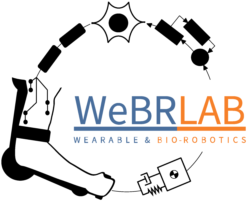PI: Chad G. Rose, PhD is an Assistant Professor in Mechanical Engineering. He holds a Bachelor’s Degree in Mechanical Engineering from Auburn University and a Master’s Degree and Ph.D. in Mechanical Engineering from Rice University. Dr. Rose’s primary research focus is on the design and control of robots to rehabilitate, assist, or augment human motor and sensory function.
E: chadgrose@auburn.edu
P: (334)-844-3401
Graduate Researchers
Avinash Baskaran
Synergy-domain Neuromuscular Analysis via Electromyography for Hand-assistive Neurorobotics
Surface electromyography (sEMG) is a common sensing modality for volitional control of robotic exoskeletons for the hand. However, the time-variance of myoelectric signals can inhibit the reliability of sEMG-based control of robots, especially during prolonged use. I am working to provide awareness of wearer neuromuscular input for sEMG-based robotics, to enhance the viability of wearable robots for long-term motor augmentation, assistance, and rehabilitation. Through my work, I hope to illustrate that synergy-domain analysis is a reliable method to assess neuromuscular features and control hand exoskeletons for the hand.
Rhet Hailey
My research interests are design and implement of rehabilitation focused robotics. Currently, I am working on the validation of robotic gravity compensation with Harmony Exoskeleton to encourage nerve growth while bypassing pathways potentially hidden by the force of overcoming gravity in stroke patients.
Also, I am designing a non-pharmaceutical intervention device to assist in the treatment of diabetic patients impaired with foot neuropathy. It has been shown that varying stimulations of the foot and shank elicit nerve growth and blood-flow. I aim to combine different systems of heat, vibrotactile sensation, and compression into a wearable robotic and evaluate these combined methods in neuropathic patients.
Fabian Schirmer
My research aims to synergize the dexterity of robots with human cognitive skills, particularly in assembly processes with high variability.
My research work involves two key components: a Planning Unit that semi-automatically generates assembly sequence plans (ASP) from CAD files, facilitating collaboration between humans and robots; and the Execution phase, which addresses real-time challenges such as human pose estimation, robot path planning, and obstacle avoidance. The communication setup employs light, text, and voice to convey the robot’s state and reasons for any state changes to the human.
Overall, the objective is to establish a seamless and adaptable collaboration between humans and robots in assembly tasks.

Ann Ryan Johnston
My research focuses on the use of robotic exoskeletons for rehabilitation of the upper extremities. I am currently working to develop adaptive FES-based control strategies to facilitate motor recovery in subjects with neurological conditions and investigating ways in which machine learning can be utilized to individualize therapy regimens for optimal rehabilitative outcomes.

David Edmondson
A wearable robots’ capabilities such as their range of motion (ROM) and torque output are repeatedly tested on human hands. This poses a safety liability, makes it is difficult to validate corresponding positions of the human hand with the exoskeleton and it makes it more difficult to test the exoskeleton on different hands. I am working on designing standard passive instrumented anthropomorphic hand, with the ability to accurately measure position and torque, for validation of robotic movement. I aim to create this to be modifiable to anthropomorphize to many different hand shapes. The anthropomorphic hand will prevent potential accidents and help to accelerate the innovation of hand wearable robots.

Patrick Neely
My research helps develop mathematical models for testing high-velocity equipment functionality and optimization for real-world use cases.
Davis Poole
My research revolves around the combination of biomechanics and mechatronics to better understand human response to stiffness in the fingers. By simulating an environment and putting the user in a robot, I hope to develop a psychometric test to display said stiffness. In the future, the research could be used to validate potential processes to be used to simulate the disease Rheumatoid Arthritis in recently diagnosed patients, helping them understand and navigate it accordingly.

Zack Miller
My research revolves around simulating and measuring the kinetic and kinematic data of tremor to train Deep Neural Networks (DNNs) that can classify tremor severity. Then, this DNN classifier can be implemented onto an upper body exoskeleton to assist the wearer by suppressing the tremor.
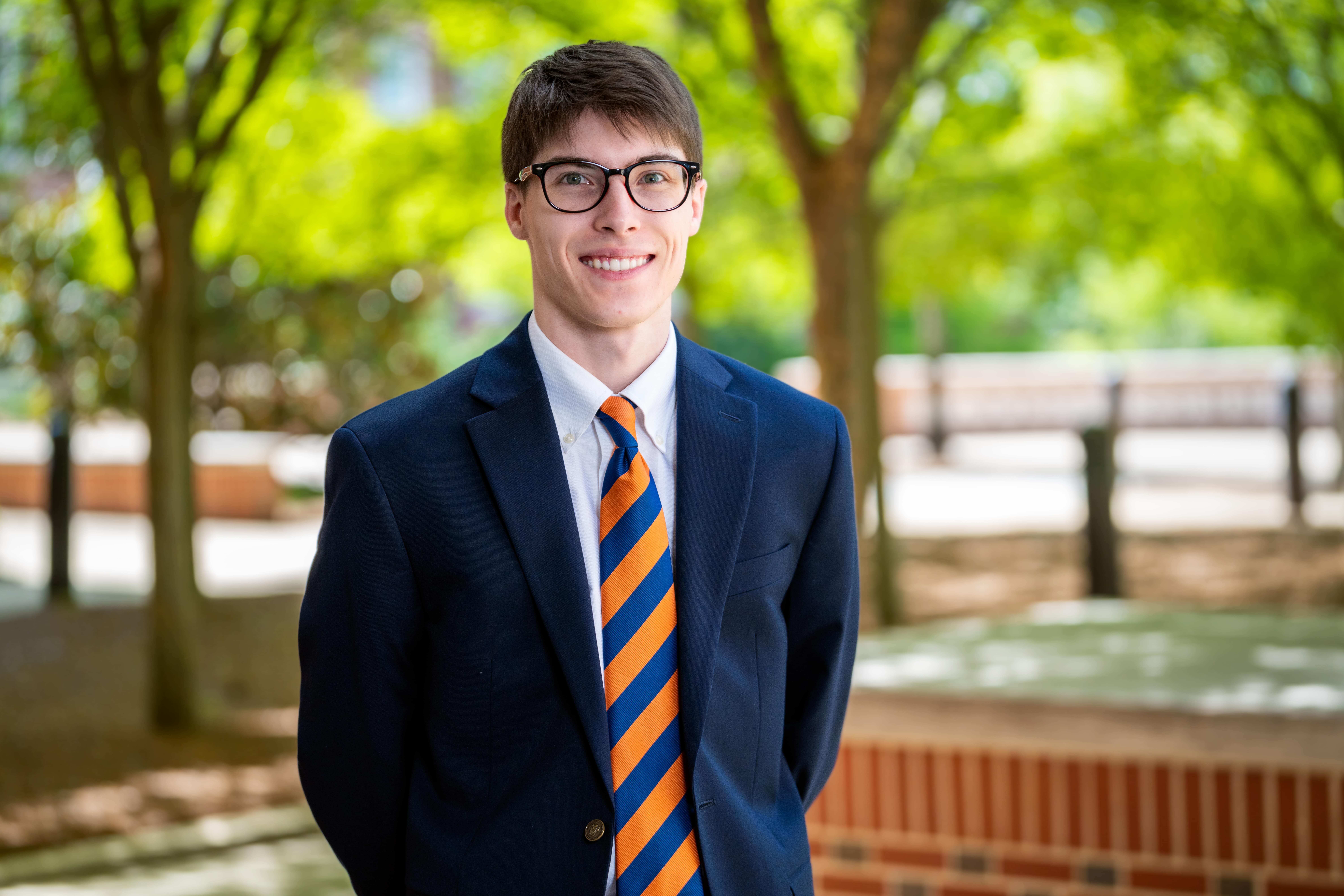
Paxton Albright
My research aims to use human pose estimation to facilitate human interactions with autonomous and semi-autonomous systems. Classifying the results of human pose estimation will allow for a command set to be developed that will enable the human body to be used as a controller for these systems.
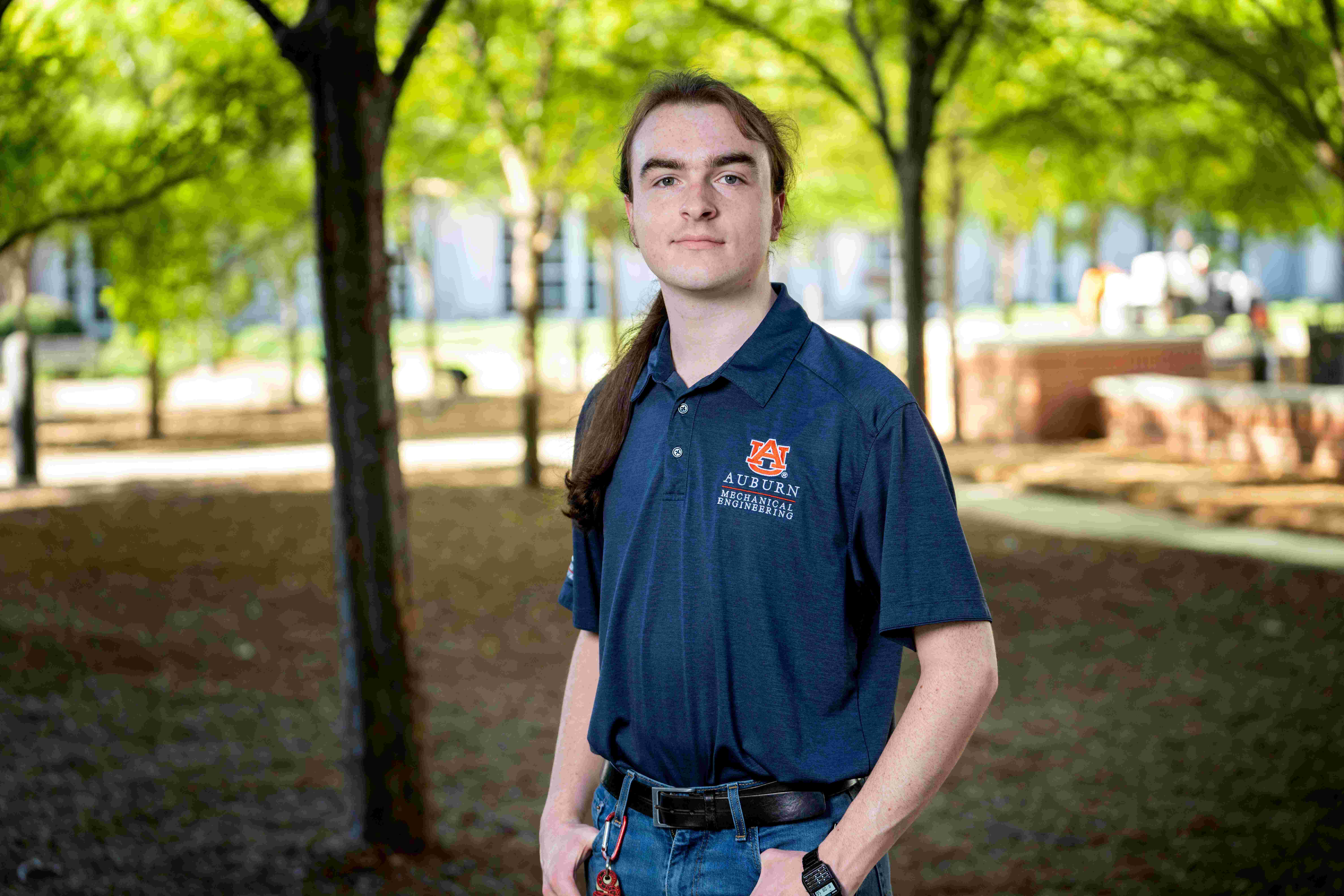
Peden Jones
I specialize in polymer additive manufacturing and primarily work in the WeBR and ME3D laboratories. My current research is a joint project between the Auburn History Department and the WeBR lab to rebuild a 16th century prosthetic hand from scans. The final version would be able to tell us how the original wearer would have used it over 500 years ago. In addition, the end result of the project means other historians or museums will be able to download and print their own copies of the prosthetic.
Undergraduate Researchers
Mason Mathias, BS ME ’25, Design of low-cost series elastic actuators
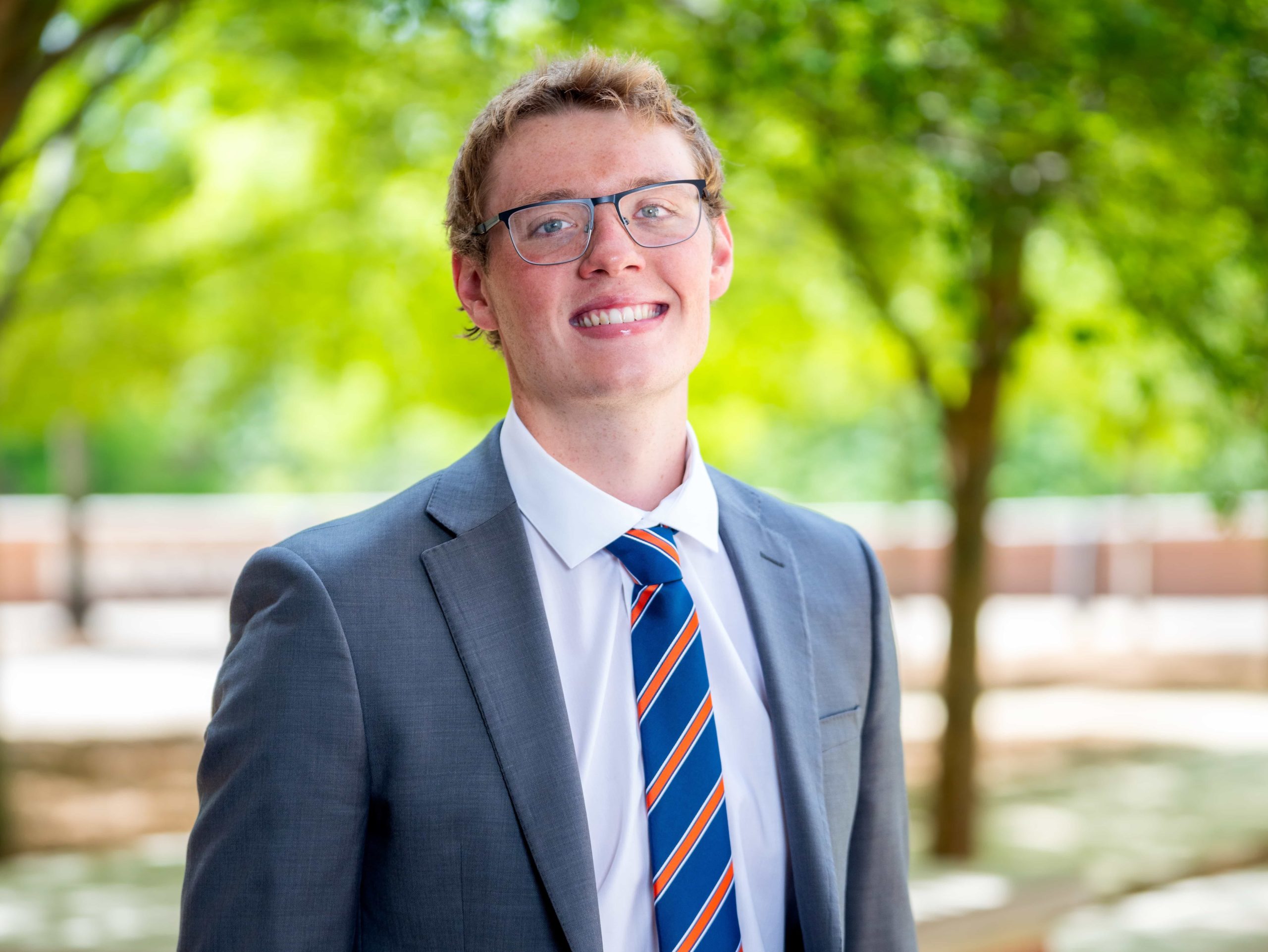
Joshua Medler, BS ME ’26, Development of foot neuropathy testbed
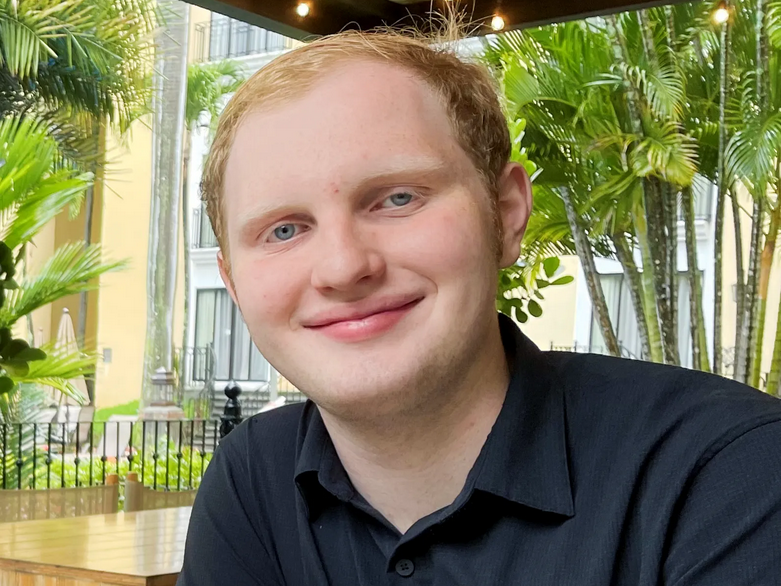
Marissa Lazenby, BS ME ’26, Development of the AU Haptic Paddle

Anakin Natter, BS CS ’26, Implementation of Historical Prosthetic
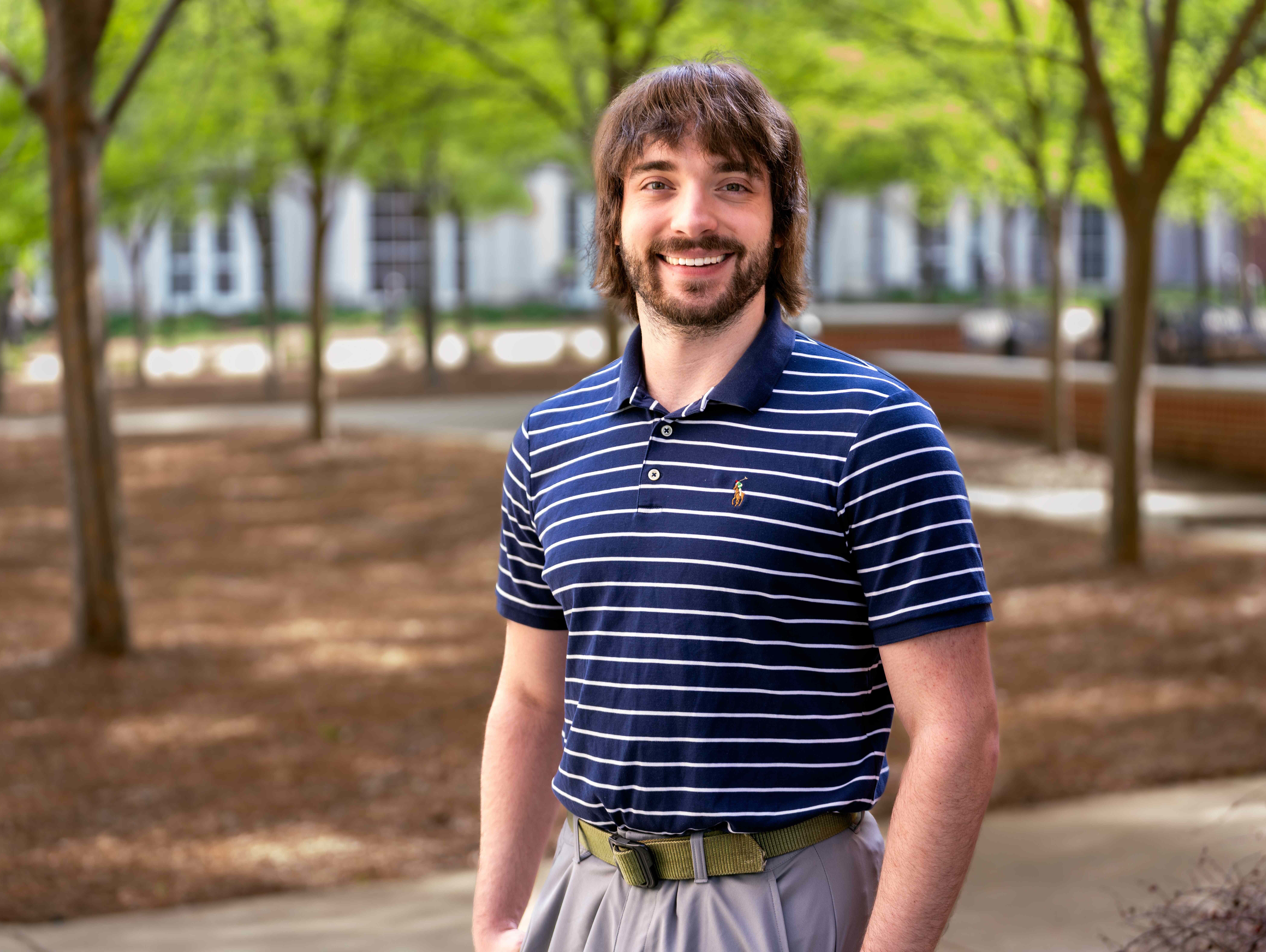
Nate Hendrickson, BS ME ’28, Development of the AU Haptic Paddle

WeBR Alumni
Graduate Students:
- Chandler Stubbs, MS Mechanical Engineering ’23
Improving Semi-autonomous Unmanned Ground Vehicle Operator Performance via Haptics
Undergraduate Students:
- Jamison Hood, BS Mech. Eng ’24, Design and outreach of the AU haptic paddle
- Michaela Barksdale, BS Mechanical Engineering ’23, Development and control design of the AU haptic paddle
- Mark Roces, BS Mechanical Engineering ’22, Undergraduate Research Fellow, design of finger biomechanics testbed
- Rachel Long, BS Mechanical Engineering ’22, measurement of gait via IMU
- Loren Baugh, BS Mechanical Engineering ’22, implementation of flexible pneumatic polymer actuator
- Rizwan Halani, BS Mechanical Engineering ’21, Undergraduate Research Fellow, design and control of flexible pneumatic polymer actuator
- Brett Cranston, BS Mechanical Engineering ’21, Undergraduate Research Fellow, design and control of low-cost prosthetic hand
